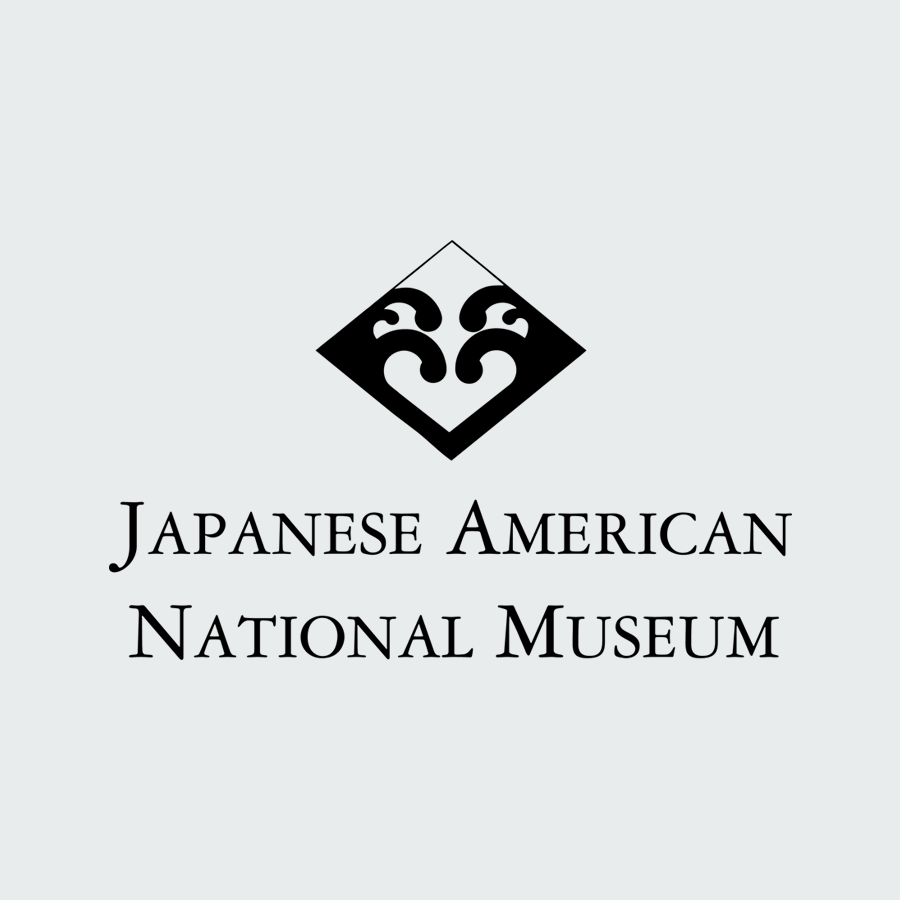Additional Resources
Further Research
Densho
Densho is a nonprofit organization dedicated to preserving the testimonies of Japanese Americans who were incarcerated during World War II. Densho’s website is a rich resource for both adults and kids interested in learning more about this history. Of special relevance to users of Building Histories 3.0 are the Densho Encyclopedia and Densho’s online course for teachers looking for instructional strategies to engage students in this story.
JApanese american national museum
The Japanese American National Museum, located in Downtown Los Angeles, is the largest museum in the U.S. dedicated to sharing the experience of Japanese Americans. JANM’s website offers extensive educational resources concerning the incarceration of Japanese Americans during World War II, including a map of all confinement sites, lesson plans developed by classroom teachers, and letters between incarcerated family members. Southern California educators will find extensive resources for planning visits to JANM and participating in their Digital Speakers Bureau, which gives students the chance to conduct oral history interviews with one of their volunteers online.
smithsonian
The Smithsonian’s A More Perfect Union is a collection of interactive galleries combining images, music, art, text, and first-person accounts of the incarceration of Japanese Americans during World War II. This extensive resource is entirely searchable by keyword, theme, and location, and it offers additional resources, including classroom activities and a bibliography with a section devoted to children and young adults.
The untold story: internment of japanese americans in hawai’i
Spearheaded by the Japanese Cultural Center of Hawai‘i (JCCH), The Untold Story project was launched to help preserve the history of internment in Hawai‘i during World War II.
Along with providing educators across Hawai‘i with comprehensive course material about this often misunderstood time in history, the JCCH has collected photos, letters, poems, paintings, diaries, government documents and oral histories from internees and others to share with students and the general public.















